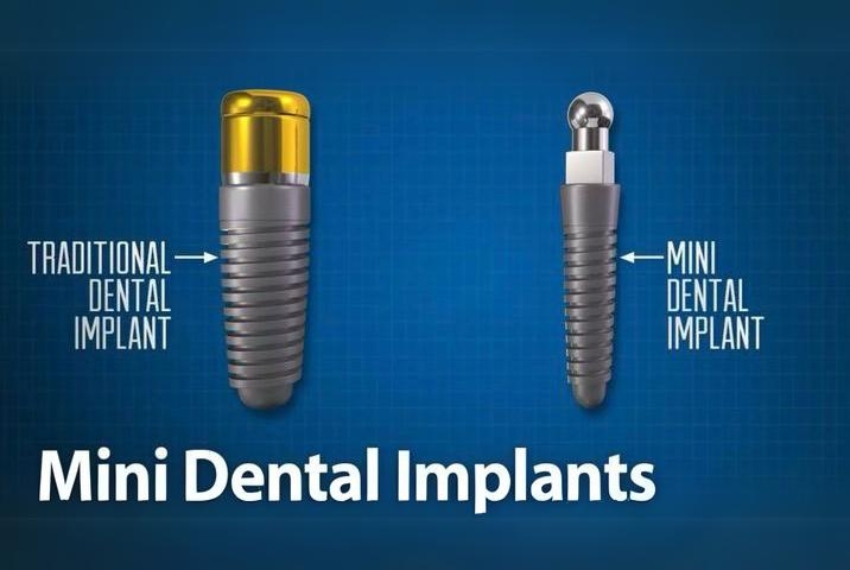
Mini Implant
According to data from 2015, over 400,000 implants are placed annually in Turkey. Dental implants provide a higher level of comfort and rehabilitation in treating dental deficits compared to alternative methods such as bridges or dentures. A dental implant can replace a single tooth, create a bridge with another implant, or enhance the stability of the denture attached to it.
This method, which requires a much shorter treatment period, does not necessitate bone grafting.
What is a Mini Implant?
A mini implant is a new type of dental implant, produced in smaller diameters and as a single piece compared to traditional implants. While traditional implants have diameters ranging from 3.3 to 5.8 mm, these implants have diameters ranging from 1.8 to 3.3 mm. Although the choice of minimally invasive surgery is an advantage during application, their narrow diameter reduces their resistance to vertical chewing forces.
When are Mini Implants preferred?
The primary purpose of these implants is to prevent the movement of removable dentures in the mouth, especially in individuals with thin jaws. They are preferred in the treatment of denture stabilization, particularly in cases where there is not enough thickness and height of the bone. While traditional implants often reach the underlying bone through cutting the gum tissue, these implants are placed directly through the gum tissue without an incision. The narrow diameter of the screw allows for safe application.
The fact that the treatment procedure is less traumatic reduces the implantation time and provides additional comfort to the patient. The application is often performed under local anesthesia. The healing time for an implant placed in the jawbone is shorter than traditional implants.
Advantages and Disadvantages of Mini Dental Implants
Advantages:
• The gum tissue is not cut during the operation. Therefore, the recovery time is much faster.
• Since the openings made in the jawbone are very small, issues such as bleeding, swelling, and pain that can arise after the procedure are minimized.
• Both implants and prostheses can be placed in the same session.
Disadvantages:
• Mini implants may withstand much less pressure than traditional implants.
• They have lower tolerance to biting force.
• It becomes challenging for them to hold in weak jawbones.
• Due to their small diameter, there is a higher risk of loosening or slipping.
• Not suitable for use with fixed prostheses like traditional implants.
How these implants differ from traditional implants?
The most notable characteristic of this treatment method is that it involves a minimally invasive procedure. It has a much smaller diameter than traditional implants. Due to its small size, the placement in the jawbone is a much quicker process. It can be safely preferred, especially in older individuals with osteoporosis issues. Another notable difference is that the surgical procedure can be performed with minimal interventions.
Mini implants require delicate care, just like other implants. Brushing teeth twice a day and maintaining oral hygiene with dental floss are among the first rules for effective care. The use of fluoride toothpaste is necessary to prevent the buildup of tartar and plaque. Performing regular check-ups will also enhance the success of the implant.







